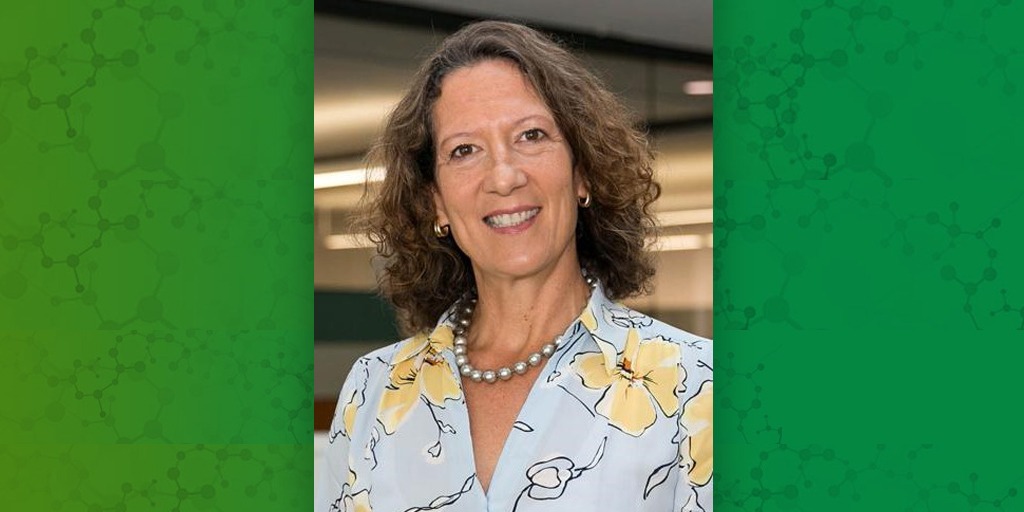Environmental factors can affect the emergence and spread of infectious diseases, yet their role is often overlooked when dealing with outbreaks, epidemics, and pandemics. At a June 8-9 workshop, the National Academies of Sciences, Engineering, and Medicine (NASEM) convened experts to discuss the complex relationship between the environment and pathogens such as SARS-CoV-2, the virus that causes COVID-19.
Meeting participants explored how emerging tools for assessing exposure to environmental chemicals could help identify and monitor critical pathways of exposure to infectious agents. Attendees also examined how recent advances in climate and environmental health modeling techniques could be used to predict the dynamics of transmission and provide early warnings for infectious disease outbreaks.
“Environmental exposures, infectious disease, and social and economic issues all drive health security,” said NIEHS grant recipient Melissa Perry, Sc.D., from George Washington University. “Ultimately, that is why we are here, as scientists and policymakers — to have a direct impact on the risks of infectious diseases to populations,” she said. Perry co-chairs Emerging Science for Environmental Health Decisions, the NASEM standing committee that sponsored the workshop.
A growing threat
NIEHS Acting Deputy Director Gwen Collman, Ph.D., outlined a few new considerations that have arisen in recent years.
 Collman presented the agency perspective alongside Cristina Cassetti, Ph.D., from the National Institute of Allergy and Infectious Diseases. (Photo courtesy of Gwen Collman)
Collman presented the agency perspective alongside Cristina Cassetti, Ph.D., from the National Institute of Allergy and Infectious Diseases. (Photo courtesy of Gwen Collman)For example, although communicable diseases have been plaguing society for hundreds of years, exposure to environmental chemicals has grown with industrialization, compounding the risks already posed by infectious agents.
“We know that many chemicals that our institute studies affect the immune system in different ways across the lifespan,” she said.
NIEHS research has shown that certain agents can affect susceptibility to infectious diseases, as well as the effectiveness of vaccines designed to fight them.
One man’s trash
Advances in technology made it possible for scientists to create the vaccines necessary to lessen the toll of the COVID-19 pandemic. But early on, technology failed to swiftly detect new cases and outbreaks, allowing SARS-CoV-2 to spread out of control.
“In a pandemic situation, we cannot rely on event-based surveillance, where we are diagnosing individual humans, because the logistics of that are impossible,” said David Larsen, Ph.D., from Syracuse University. Instead, Larsen argued in favor of environmental surveillance, where scientists analyze minimal numbers of samples to test entire populations at one time.
Larsen has been working to create a network of wastewater surveillance systems across New York State. “If we had this network in place, I would envision a different pandemic trajectory,” he said. “I consider this a critical piece of health security infrastructure.”
 Schmitt said that understanding the environmental contributions to infectious diseases requires the fusion of data and expertise from a variety fo disciplines. (Photo courtesy of Steve McCaw / NIEHS)
Schmitt said that understanding the environmental contributions to infectious diseases requires the fusion of data and expertise from a variety fo disciplines. (Photo courtesy of Steve McCaw / NIEHS)AI and infodemics
Within the COVID-19 pandemic itself emerged an “infodemic” of misinformation that could lead to deadly consequences if not tackled properly, according to Pascale Fung, Ph.D., from Hong Kong University of Science and Technology. Fung explained how she is using artificial intelligence to debunk conspiracy theories and help scientists and members of the public deal with the deluge of information surrounding the new coronavirus.
Charles Schmitt, Ph.D., director of the NIEHS Office of Data Science, said that putting such checks in place is important but challenging in the context of a fast-moving pandemic. “The traditional scientific process is typically self-correcting, with other scientists reviewing your work or trying to replicate it,” he said. “But in the context of a pandemic, there is a need to move things out quickly to inform decision-making.”
(Marla Broadfoot, Ph.D., is a contract writer for the NIEHS Office of Communications and Public Liaison.)
Source link
factor.niehs.nih.gov

